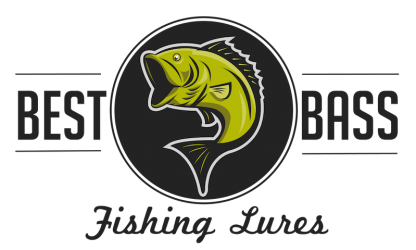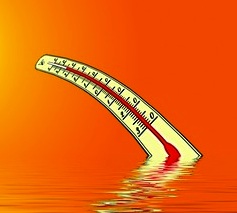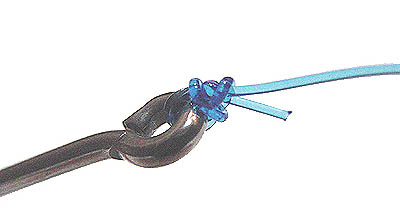There are a number of bass fishing fundamentals that every angler needs to know to be successful on the water. Bass fishing is primarily about the types of lures you’re fishing and the presentation, but without enforcing the basics you’re just casting into the wind.
Below are 10 bass fishing tips that every angler needs know before taking a cast. Learning how to catch bass takes time spent out on the water and learning from your results. Apply these tips to your fishing and you are guaranteed to learn faster and catch more bass.
1. Locating and Targeting Cover
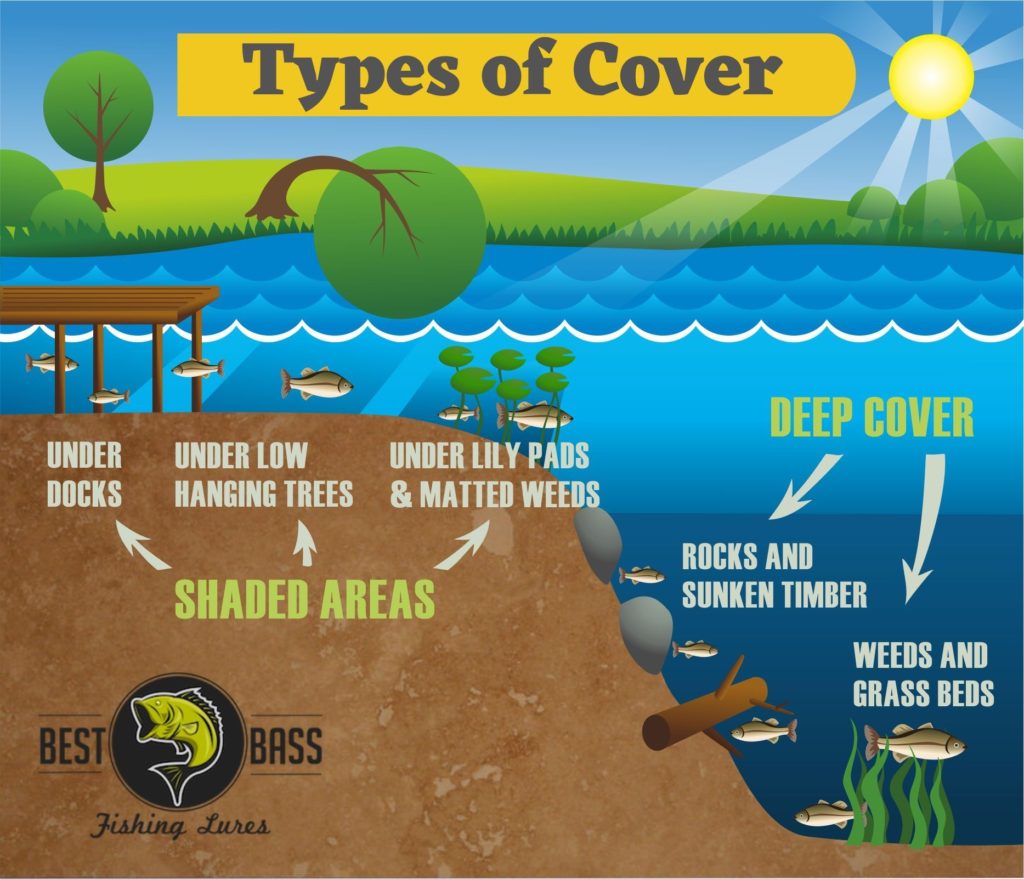
Learning how to identify cover is essential for locating fish and knowing where to cast. Cover is anything in the water that bass can hide beside or below. This could be anything from a patch of lily pads, to a boat dock, to a tree that has fallen in the water.
Bass use these spots to hide from predators and overbearing sunlight. But more importantly they also use them as ambush points to attack prey from. As an angler, the hope is that your lure is the prey they decide to abush.
Targeting these areas is going to increase your likelihood of presenting your bait to more fish. Although some forms of cover may be more favorable to bass on a specific body of water. For example they may prefer to be in one type of vegetation versus another. So be sure to fish all different types of cover to figure out what the fish are relating to.
2. Know The Water Temperature
Water temperature is the most impactful factor that affects bass behavior, and more importantly their feeding behavior. The best water temperature for bass fishing is between 55 and 70 degrees. Any higher or lower than that and the fish get sluggish.
It’s not to say that you can’t catch fish in colder or warmer water, it’s just important to know the water temp so you can make adjustments. For example you want to slow down significantly when fishing in water that is colder or warmer than the ideal temperature window of 55 to 70.
Also keep in mind that water temperatures can change throughout the course of the day. If the shallows start off cool in the morning then the sun can warm them up as the day goes on. The water temperature might even be different on one side of the lake as opposed to the other. The point is you should be constantly keeping an eye on the water temperature as you fish.
3. Play The Weather
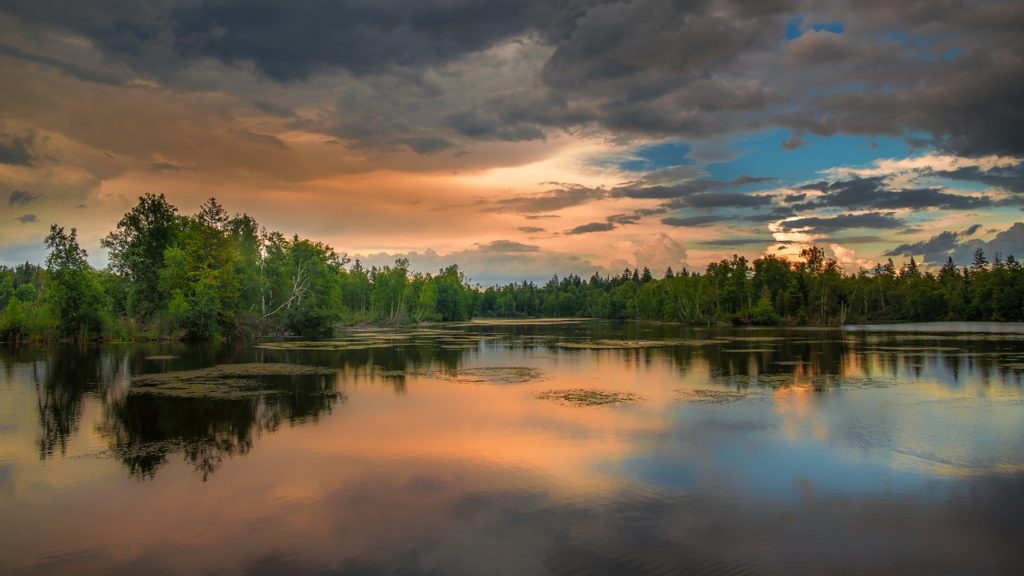
Weather plays a significant role in bass fishing, and should be the first thing you consider before choosing a lure. Besides temperature, the two biggest weather factors are wind speed and sunlight. The worst weather for bass fishing is clear sunny skies and no wind.
Although wind can be a nuisance when trying to cast or keeping your boat positioned, it’s great for bass fishing. When there is some movement on the water fish are just generally more active. They have a harder time seeing so they can’t investigate the lure as well. They also can’t see you as well through the rippled surface.
Low-light conditions are ideal for bass fishing. The eyes on a bass do not work the way ours do, in the way that our pupils dilate to adjust to brightness. Bass also don’t have eyelids, so they have to put up with the sun however bright it is that day.
This is another reason why bass love cover, it allows them to get out of the bright and hot sun. The low-light conditions of a cloudy day are very favorable to a bass because they can hunt anywhere without blinding discomfort. It’s also why early morning and late afternoon are the best times of day for bass fishing.
4. Check Your Knot
This is one that is so easy to do and yet anglers constantly forget to do it and pay the ultimate price, which in bass fishing is losing a fish. Knots are easily damaged as they’re fished and their strength gets compromised. Then all it takes a hookset on a good fish to break the weakened knot.
Knots can get damaged from the wear and tear of catching fish or by having the lure bang up against rocks or other objects under the water. A quick knot check is so quick and easy that there’s no excuse to not start forming the habit. Especially when it could save you from losing the fish of a lifetime.
All you have to do is grab the lure with one hand and wrap the line around your other hand a few times. Pull your arms in opposite directions with some decent pressure, if the knot is damaged it’s not going to take much to make it pop. If it holds you’re good to go. Make a habit of doing this from time to time, and at a minimum of after every fish you catch.
5. Choosing The Right Lure Colors

Some anglers will tell you that color is everything, while others will say it’s almost irrelevant. I say “almost” because even the ones who say color is not important can’t deny that there are circumstances when color is a factor.
Of course there are going to be days when bass are extremely active and biting everything that’s in front of them. We can try to predict those days based on the conditions but nobody ever knows with one-hundred percent certainty. Since we don’t know, the best thing we can do is choose colors based on water clarity and matching natural prey.
The first rule is common sense. In murky water with low visibility you want to use bright colors like chartreuse or orange. If the water is somewhere in between clear and murky, then combine a darker color with a brighter color. With a jig you might use a dark color but a brighter color jig trailer, or with a rubber worm you could use a dark color body with a chartreuse tail.
In clear water with better visibility, you want to lean towards more natural-looking colors, like green pumpkin or different shades of brown. But this is also when you want to do your best to match the local baitfish or crayfish.
6. The Right Equipment
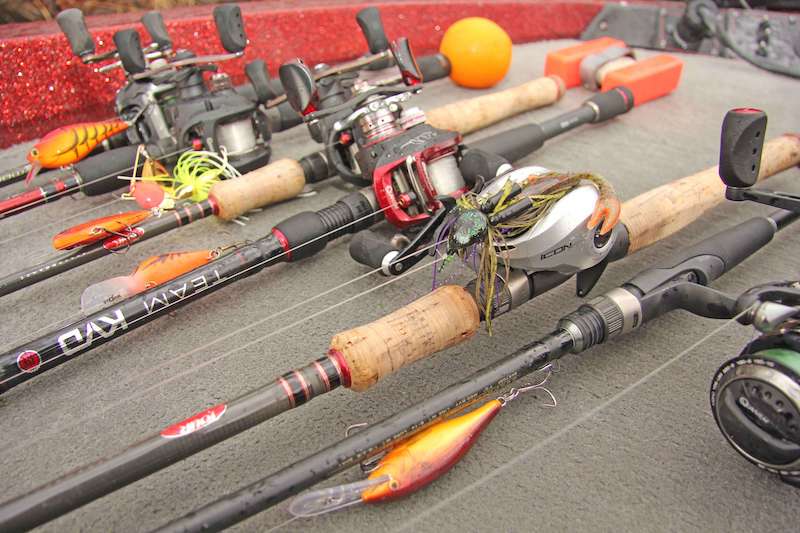
One of the most alluring aspects of bass fishing is how simple you can keep it and still catch fish. One can go out fishing with an inexpensive rod and a few bass lures and find success. But the fact of the matter is, your odds of catching bass increase as your the quality of your tackle increases.
This is especially true for the rod itself. Bass fishing rods come in all different ratings, and typically the more high-end the rod is the better the sensitivity. Not all bites are going to be obvious, and having a highly sensitive rod is essential for feeling those hard-to-detect bites.
But the most important thing is that you are comfortable and confident in the equipment you use. If you’re told that a 7′-6″ rod is what you need, but it just feels too long, then downsize to a 7 footer. There are certainly better ways to do things in bass fishing, and those tips shouldn’t be ignored. But everybody is built differently, so every angler needs to tailor his equipment to their own build.
There’s way too much that goes in to selecting equipment to fit it all in this section, so if you want to dive deeper in to each type here is a list of links you can click to learn more.
7. Try To Remain Stealthy
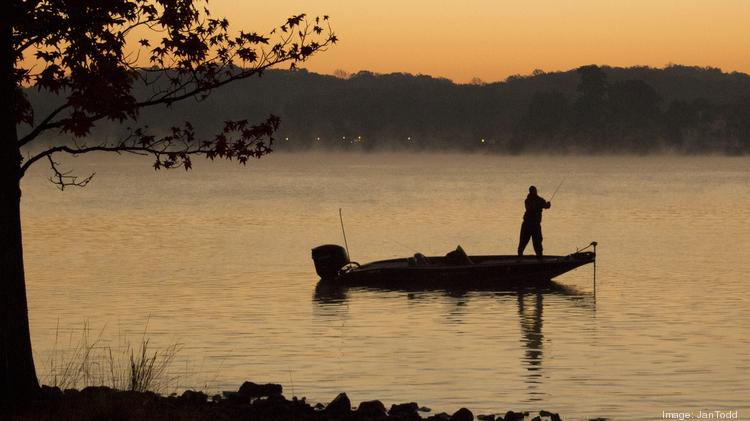
Bass have very strong senses, not only for detecting prey but also predators. Their range of sight is extremely wide, and their only blind spot is a small area around their tail. That combined with their ability to detect vibrations in the water through their lateral line gives them the ability to detect your presence easier than you might think.
One way to avoid being detecting is to remain as quiet as possible in the the boat or along the shoreline. Dropping something on the floor of the boat is a sure way to spook any bass in the area. If you’re fishing with someone and want to talk, just use a lower tone. And keep in mind, the calmer the water the easier a bass will be able to detect your presence.
You should also wear less visible clothing. You don’t have to go as far as wearing hunting camo, but darker colors are better than a white or yellow shirt. Once a bass is spooked by something that looks or sounds unnatural you can forget about them feeding on anything until they feel safe again..
8. Upgrade Your Treble Hooks

Here’s one that most anglers new to bass fishing won’t fully appreciate until they’ve lost some fish due to low quality hooks. The stock treble hooks on most lures are very cheap, and cheap hooks are weak and dull. Those are two words you never want associated with a fishing hook.
That’s why experienced anglers will always change out the hooks on their lures right out of the package. Upgrading to some high end treble hooks like Owner T-41’s will give you night and day results. This is especially true with topwater lures, since bass don’t always get a good bite on them.
9. Patience vs Exploration
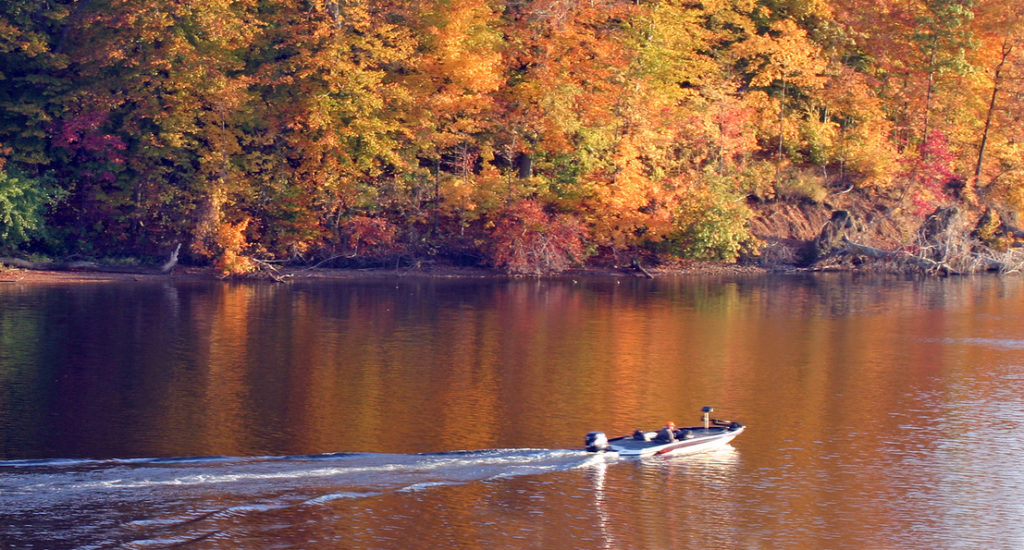
People always associate fishing with having great patience, but you also have to know when to change things up. You don’t want to stick with a certain lure or presentation for an entire day if it’s not producing results. And at the same time you don’t want to keep changing methods and locations so quickly that you’re not giving them a chance.
This is why you see anglers with more than one rod rigged up, so they can switch rods quickly to throw multiple lures at a single target. For example you might run a buzzbait along a stretch of lily pads without a bite then follow up quickly with a slower-moving bait like a rubber worm.
For impatient anglers it’s very tempting to chalk that patch of pads up as having no fish in them and moving on to the next patch of lily pads. Giving up on a target after one cast because you’re too impatient is a good way to miss out on a bite. With the right balance you can cover water both quickly and efficiently.
10. Develop Patterns
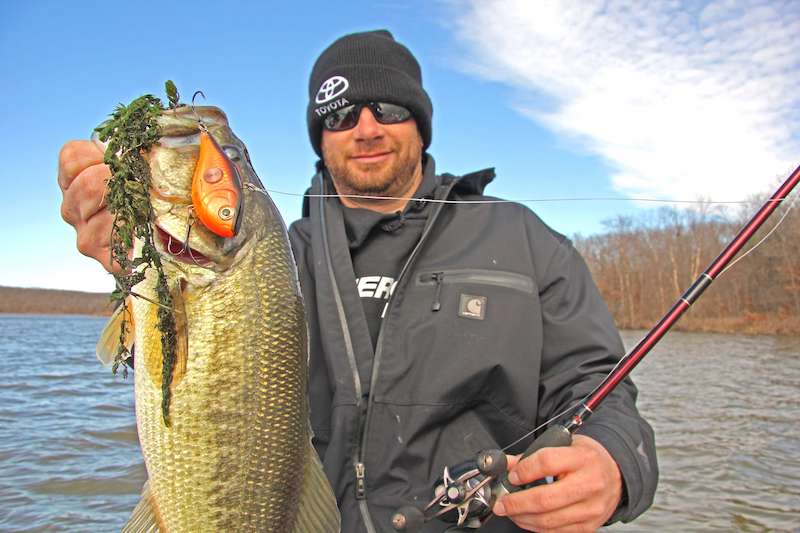
If you’ve followed professional bass fishing at all then you’ve no doubt heard the pro’s talk about patterns. What they’re talking about is the behavioral patterns of bass during a period of time. And more specifically their feeding patterns.
One of the greatest things about bass fishing is how their behavior changes so frequently, and sometimes suddenly. And while it can be frustrating at times, at the end of the day it’s what makes bass fishing so interesting. So what you need to do is take notice of what’s working and why is it working.
Let’s say you catch a bass next to a boat dock, in six feet of water, on a spinnerbait. Are the bass feeding on spinnerbaits? Are they hanging out in six feet of water? Or are they just hanging around boat docks? Could be that all, some, or none of these are the case.
The only way to know is to see which variable remains consistent as you continue to fish. You might find that fish are on docks, in all depths, but a different lure proves to be more effective. This is called developing a pattern, and it’s the key to catching more bass.
